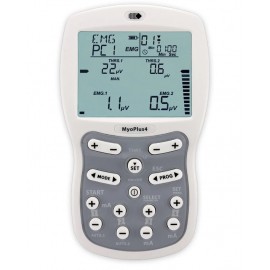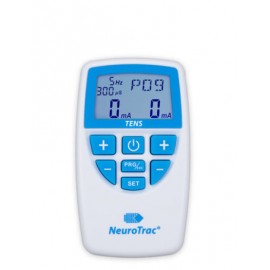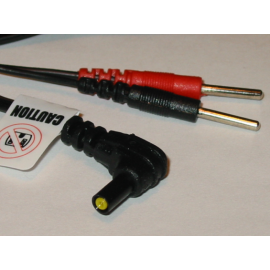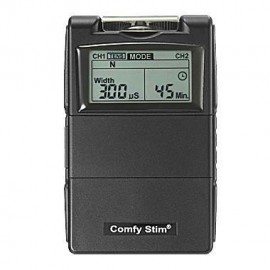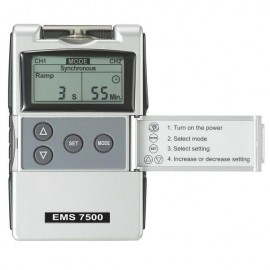What is the difference between EMS and TENS?
Electrical stimulation therapy is a widely used method for treating pain, muscle spasms, and other conditions. Two of the most popular forms of electrical stimulation therapy are electrical muscle stimulation (EMS) and transcutaneous electrical nerve stimulation (TENS). While both therapies involve the use of electrical currents to provide relief, they are different in several ways. In this article, we will explore the differences between EMS and TENS and their respective uses.
EMS is a type of electrical stimulation therapy that is primarily used to improve muscle strength and endurance. It works by sending electrical impulses to the muscles, causing them to contract and relax. This helps to increase blood flow and oxygenation to the muscles, which can promote healing and reduce muscle pain and stiffness. EMS is often used in physical therapy to help patients recover from injuries, as well as in sports training to improve muscle performance.
TENS, on the other hand, is a form of electrical stimulation therapy that is primarily used to relieve pain. It works by sending electrical impulses to the nerves, blocking the transmission of pain signals to the brain. TENS is often used to treat conditions such as chronic pain, arthritis, and fibromyalgia, as well as acute pain from injuries or surgeries.
One of the key differences between EMS and TENS is the way they are administered. EMS typically uses electrodes placed directly on the skin over the muscle being targeted. TENS, on the other hand, uses electrodes placed on the skin near the area of pain or discomfort. Additionally, EMS typically uses a higher frequency of electrical impulses than TENS, as the goal is to cause muscle contractions rather than blocking pain signals.
Another difference between EMS and TENS is the duration and frequency of treatment. EMS is typically used for shorter periods of time, usually around 20-30 minutes per session. TENS, on the other hand, can be used for longer periods of time, up to several hours per day. The frequency of treatment also varies, with EMS typically being used a few times a week, while TENS can be used daily.
In summary, while both EMS and TENS involve the use of electrical stimulation therapy, they have different uses and are administered differently. EMS is primarily used to improve muscle strength and endurance, while TENS is primarily used to relieve pain. Understanding the differences between these two therapies can help patients and healthcare professionals determine which treatment is best for their specific needs.



